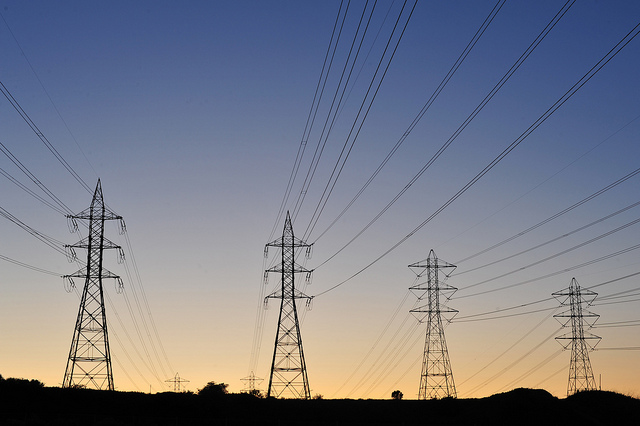During the first decades of the history of the electricity, Direct Current (DC) was the standard in the use of this kind of energy. However, this way to produce and deliver the electricity had a big problem: it was not easy to convert to higher or lower voltages. And then, in late 19th Century the United States watched the afterwards know as the ‘War of Currents‘, the battle between Thomas Edison on one side, and Nikola Tesla and George Westinghouse on the other, to create the definitive standard to be used by an emerging electric power industry.
Edison promoted a power transmission and distribution system based on DC. He created in 1882 the first utility, a company which brought electric lighting directly into the customers’ businesses and homes, controlling also all all technical developments and holding all the key patents of the DC technology.
However, Tesla and Westinghouse believed that Alternating Current (AC) was the solution to the problem of converting the energy to higher or lower voltage. AC reverses direction a certain number of times per second (50 in Europe, 60 in the US), and can be converted to different voltages relatively easily using a transformer. And in early 1880s, Westinghouse created another utility to bring electricity to their customers by using AC.
Edison did not want to lose the earnings from the royalties of his DC patents, and began a campaign discrediting AC, saying it was more dangerous. Even an elephant was killed trying to demonstrate that AC power was inherently dangerous. However, the definitive battle of this war was the big contract of the hydro power plants in Niagara Falls with Westinghouse to construct the AC generators to deliver electricity to New York, thanks to lower costs of their energy transmission. It was 1893, the war was over, the AC became the standard, and it marked the defeat of DC.
But during the last years there are efforts to revive the War of Currents. Is Alternating Current really the smarter way to use the electricity? Most of the devices we use at home are based on electronics which use directly Direct Current. The popular batteries will provide us renewable and uninterrupted energy using DC. And solar PV cells generates the energy in DC. Additionally, the barrier of converting DC to higher voltages is being overcome with technological developments in HVDC.
Due to this, and even thought AC remains by far the dominant standard for electricity, there are more and more advocates of the creation of DC grids, electrical systems which generate, transmit and consume the energy only in Direct Current. They would be more efficient with no need to convert it from/to AC. When transporting the electricity over long distances, DC transmission will have lower costs due to the fact that it moves more power with less electrical losses than its equivalent AC transmission line. And the lines require also narrower footprints than equivalent AC lines with the consequent lower environmental impact.
This Saturday, Elon Musk, co-founder and CEO Tesla Inc, shown publicly his defense for the use of Direct Current.
Ironically, direct current is the right approach today, even though alternating was right in the past. Solar power & electronics both DC.
— Elon Musk (@elonmusk) March 12, 2017
Ironically, Nikola Tesla was one of the promoters of Alternating Current, but Musk tries now to open a kind of ‘War of Currents II’ to defend his own interests: Tesla Inc. is one of the biggest manufacturers in the world of Solar PV systems and energy storage batteries, both the core which would generate and manage the energy of the future DC grids.
Musk is trying to change the world of transportation with the new products of Tesla Inc, starting a the war between the fossil fuels cars and the new electric vehicles. In fact, the market value of the company is catching up that of 114-year-old Ford. Could Musk also start a new edition of the War of Currents?

The photography used above has some rights reserved.